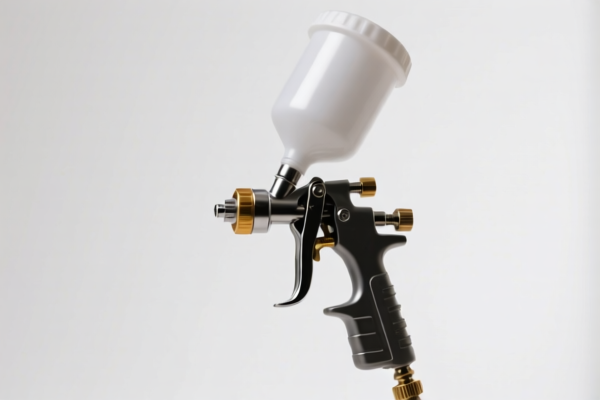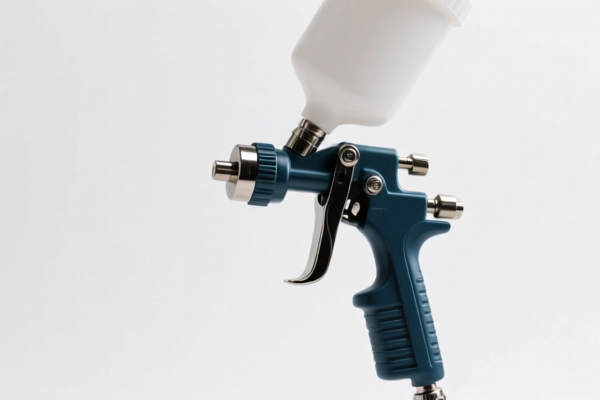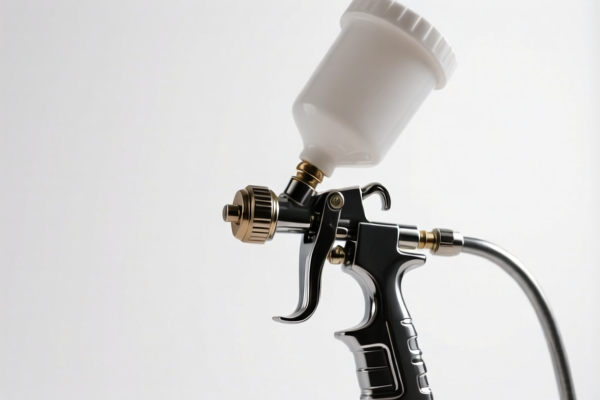| HS Code | Official Doc | Tariff Rate | Origin | Destination | Effective Date |
|---|---|---|---|---|---|
| 8424201000 | Doc | 57.9% | CN | US | 2025-05-12 |
| 8424209000 | Doc | 55.0% | CN | US | 2025-05-12 |
| 8424909080 | Doc | 105.0% | CN | US | 2025-05-12 |




Product Classification: Spray Gun
HS CODE:
- 8424201000: Car spray guns, air spray guns
- 8424209000: Powder spray guns, manual spray guns, pneumatic spray guns, paint spray guns, spray gun accessories
- 8424909080: Spray nozzles, spray gun parts (steel and aluminum products)
🔍 Tariff Overview and Key Notes
- Base Tariff Rate:
- 8424201000: 2.9%
- 8424209000: 0.0%
-
8424909080: 0.0%
-
Additional Tariffs (General):
-
All three HS codes are subject to an additional 25.0% tariff.
-
Special Tariff After April 11, 2025:
-
All three HS codes are subject to an additional 30.0% tariff starting April 11, 2025.
-
Anti-dumping duties on steel and aluminum products:
- Only applicable to HS code 8424909080 (spray nozzles, spray gun parts made of steel and aluminum).
- An additional 50.0% tariff applies to steel and aluminum products under this code.
📌 Total Tax Summary
| HS Code | Total Tax Rate | Notes |
|---|---|---|
| 8424201000 | 57.9% | 2.9% base + 25% general + 30% after April 11, 2025 |
| 8424209000 | 55.0% | 0.0% base + 25% general + 30% after April 11, 2025 |
| 8424909080 | 105.0% | 0.0% base + 25% general + 30% after April 11, 2025 + 50% on steel/aluminum |
⚠️ Important Reminders
- Verify the product material: Especially for HS code 8424909080, if the product is made of steel or aluminum, the 50% additional tariff will apply.
- Check the unit price and product description: This will help determine the correct HS code and avoid misclassification.
- Confirm required certifications: Some products may require specific certifications (e.g., CE, RoHS) for customs clearance.
- Monitor the April 11, 2025 deadline: If your goods are scheduled to be imported after this date, the 30% additional tariff will apply.
✅ Proactive Advice
- If you are importing spray gun parts made of steel or aluminum, be prepared for higher tariffs.
- For paint spray guns or pneumatic spray guns, ensure the product description clearly states the type and use to avoid misclassification.
- Always consult with a customs broker or tax expert for the most up-to-date and accurate tariff information.
Product Classification: Spray Gun
HS CODE: - 8424201000: Car spray guns, air spray guns
- 8424209000: Powder spray guns, manual spray guns, pneumatic spray guns, paint spray guns, spray gun accessories
- 8424909080: Spray nozzles, spray gun parts (steel and aluminum products)
🔍 Tariff Overview and Key Notes
- Base Tariff Rate:
- 8424201000: 2.9%
- 8424209000: 0.0%
-
8424909080: 0.0%
-
Additional Tariffs (General):
-
All three HS codes are subject to an additional 25.0% tariff.
-
Special Tariff After April 11, 2025:
-
All three HS codes are subject to an additional 30.0% tariff starting April 11, 2025.
-
Anti-dumping duties on steel and aluminum products:
- Only applicable to HS code 8424909080 (spray nozzles, spray gun parts made of steel and aluminum).
- An additional 50.0% tariff applies to steel and aluminum products under this code.
📌 Total Tax Summary
| HS Code | Total Tax Rate | Notes |
|---|---|---|
| 8424201000 | 57.9% | 2.9% base + 25% general + 30% after April 11, 2025 |
| 8424209000 | 55.0% | 0.0% base + 25% general + 30% after April 11, 2025 |
| 8424909080 | 105.0% | 0.0% base + 25% general + 30% after April 11, 2025 + 50% on steel/aluminum |
⚠️ Important Reminders
- Verify the product material: Especially for HS code 8424909080, if the product is made of steel or aluminum, the 50% additional tariff will apply.
- Check the unit price and product description: This will help determine the correct HS code and avoid misclassification.
- Confirm required certifications: Some products may require specific certifications (e.g., CE, RoHS) for customs clearance.
- Monitor the April 11, 2025 deadline: If your goods are scheduled to be imported after this date, the 30% additional tariff will apply.
✅ Proactive Advice
- If you are importing spray gun parts made of steel or aluminum, be prepared for higher tariffs.
- For paint spray guns or pneumatic spray guns, ensure the product description clearly states the type and use to avoid misclassification.
- Always consult with a customs broker or tax expert for the most up-to-date and accurate tariff information.
Customer Reviews
No reviews yet.